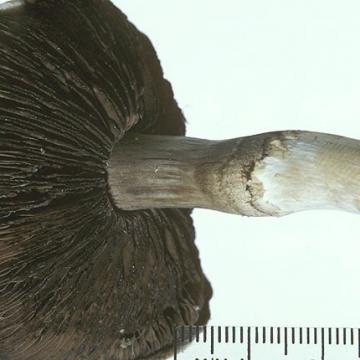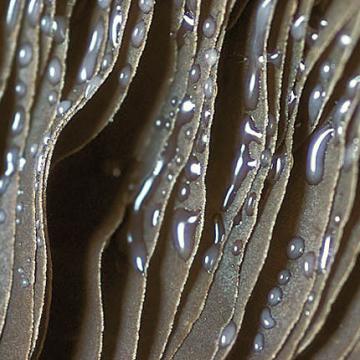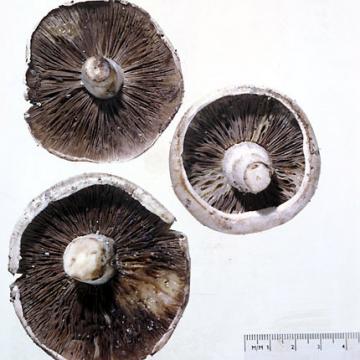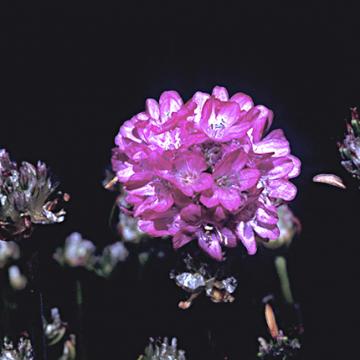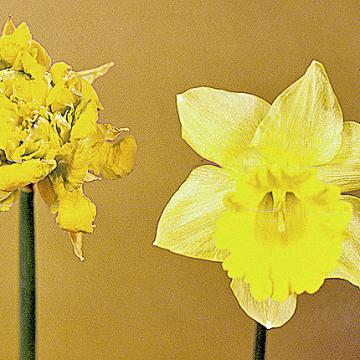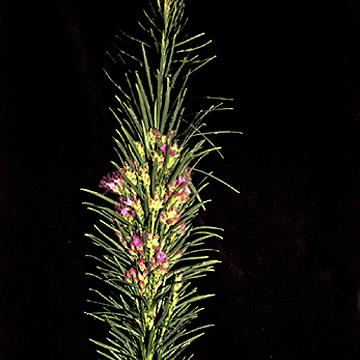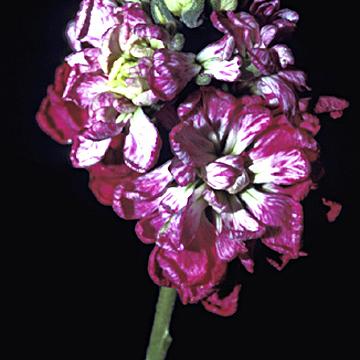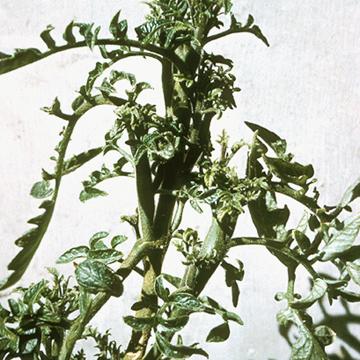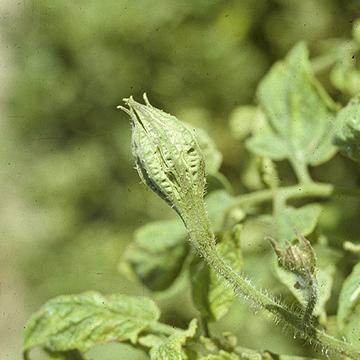DISEASE: Drippy gill
HOST: Mushroom
Drippy gill is characterized by small dark spots on gills with drops of bacterial ooze at the centers. Severe infection results in slimy areas and collapse of gills.
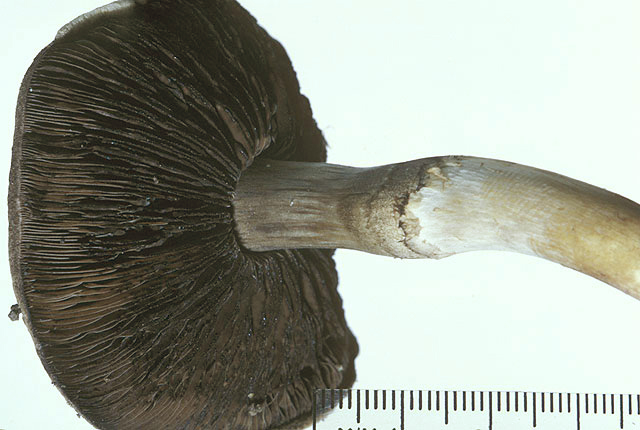
Drippy gill | Mushroom
DISEASE: Drippy gill
HOST: Mushroom (Agaricus campestris)
PATHOGEN: Pseudomonas agarici
SOURCE: J. Young
DISEASE: Drippy gill
HOST: Mushroom
Close-up of infected gills with bacterial ooze.
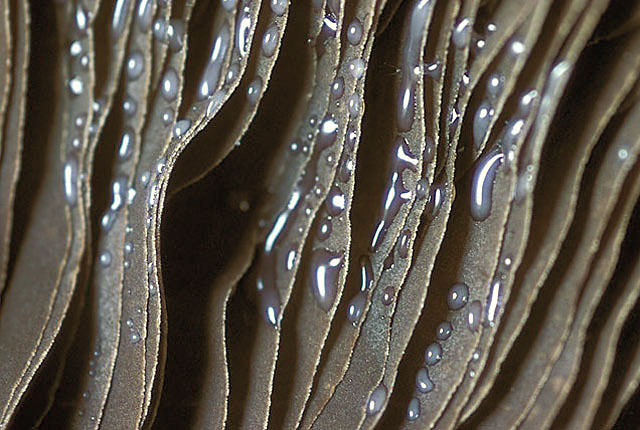
Drippy gill | Mushroom
DISEASE: Drippy gill
HOST: Mushroom (Agaricus campestris)
PATHOGEN: Pseudomonas agarici
SOURCE: J. Young
DISEASE: Drippy gill
HOST: Mushroom
Another view of small, dark spots on gills.
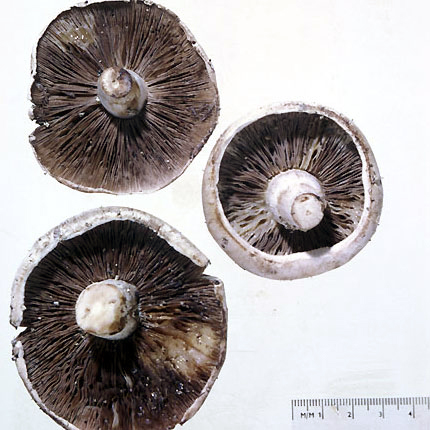
Drippy gill | Mushroom
DISEASE: Drippy gill
HOST: Mushroom (Agaricus campestris)
PATHOGEN: Pseudomonas agarici
SOURCE: J. Young
DISEASE: Phytoplasma disease
HOST: Armeria
Phytoplasma-infected armeria (left and right) compared with healthy plant (center).
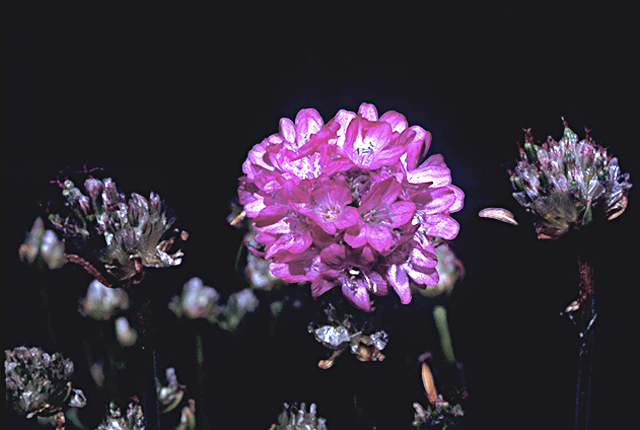
Phytoplasma disease | Armeria
DISEASE: Phytoplasma disease
HOST: Armeria (Armeria maritima)
PATHOGEN: 'Candidatus Phytoplasma' sp.
PATHOGEN SYNONYM: Phytoplasma (undefined)
SOURCE: R. Raabe
DISEASE: Phytoplasma disease
HOST: Daffodil
Phytoplasma disease of daffodil. Healthy (right).
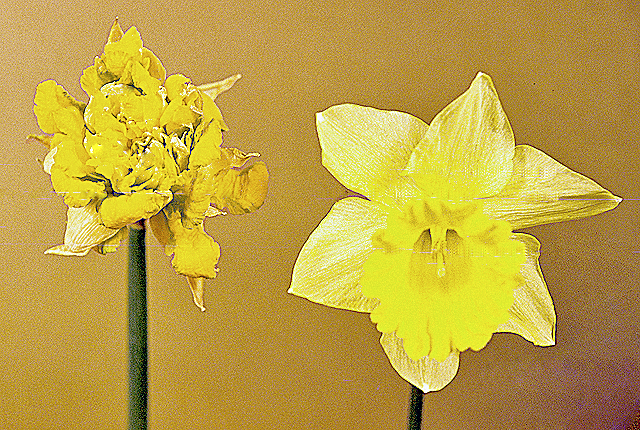
Phytoplasma disease | Daffodil
DISEASE: Phytoplasma disease
HOST: Daffodil (Narcissus pseudonarcissus)
PATHOGEN: 'Candidatus Phytoplasma' sp.
PATHOGEN SYNONYM: Phytoplasma (undefined)
SOURCE: R. Raabe
DISEASE: Phytoplasma disease
HOST: Gayfeather
Gayfeather with phyllody of flowers.
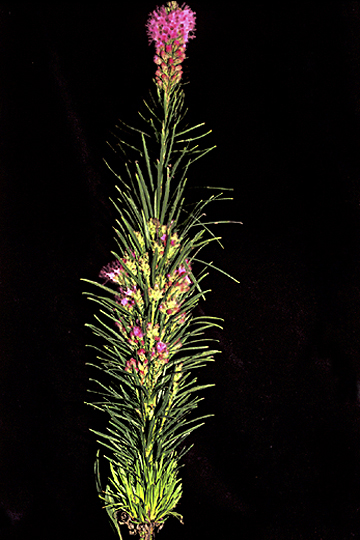
Phytoplasma disease | Gayfeather
DISEASE: Phytoplasma disease
HOST: Gayfeather (Liatris sp.)
PATHOGEN: 'Candidatus Phytoplasma asteris'
PATHOGEN SYNONYM: Phytoplasma Aster yellows group
SOURCE: R. Raabe
DISEASE: Phytoplasma disease
HOST: Stock
The disease causes malformation and arrested development of flowers.
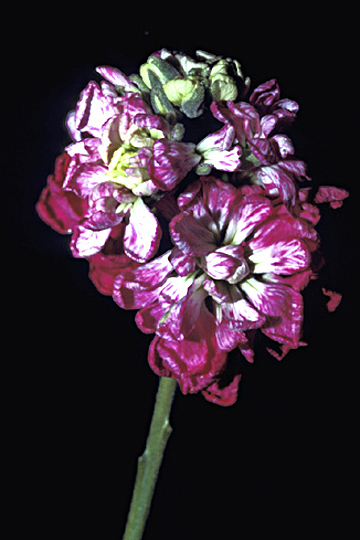
Phytoplasma disease | Stock
DISEASE: Phytoplasma disease
HOST: Stock (Matthiola incana)
PATHOGEN: 'Candidatus Phytoplasma' sp.
PATHOGEN SYNONYM: Phytoplasma (undefined)
SOURCE: R. Raabe
DISEASE: Tomato big bud
HOST: Tomato
Characteristic symptoms are swollen, apical stems and stunted leaves. Apical stems are generally thickened and assume a stiff and erect growth habit. Internodes are shortened and flower buds are greatly enlarged.
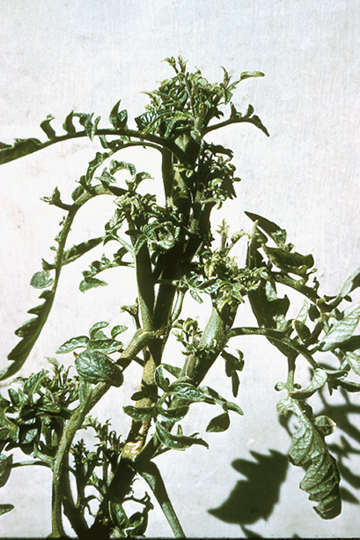
Tomato big bud | Tomato
DISEASE: Tomato big bud
HOST: Tomato (Lycopersicon esculentum)
PATHOGEN: 'Candidatus Phytoplasma asteris'
PATHOGEN SYNONYM: Phytoplasma Aster yellows group
SOURCE: D. Teakle
DISEASE: Tomato big bud
HOST: Tomato
Symptoms are enlarge sepals that do not separate. Flower buds stay green and do not develop into fruit. Leaves are small and chlorotic.
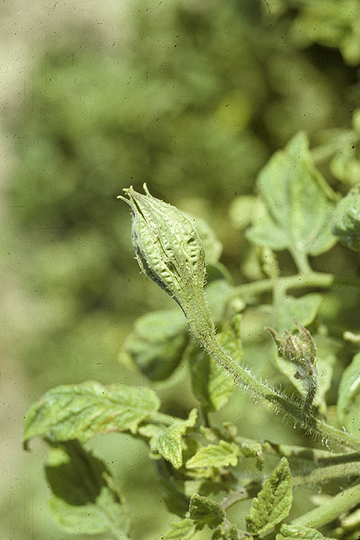
Tomato big bud | Tomato
DISEASE: Tomato big bud
HOST: Tomato (Lycopersicon esculentum)
PATHOGEN: 'Candidatus Phytoplasma asteris'
PATHOGEN SYNONYM: Phytoplasma Aster yellows group
SOURCE: S. Thomson


